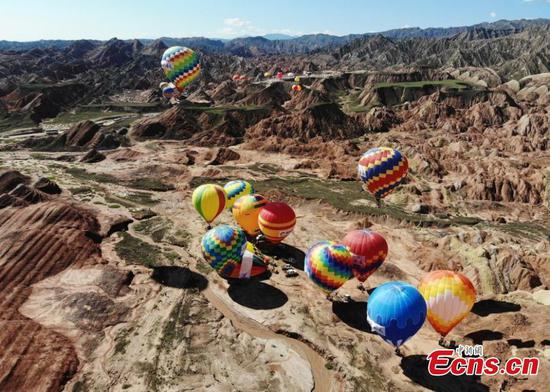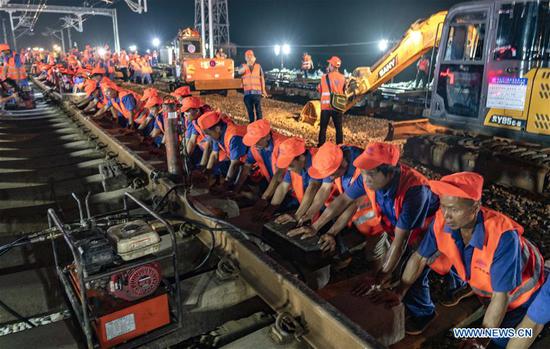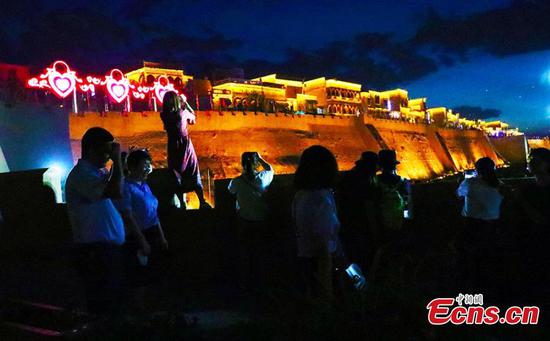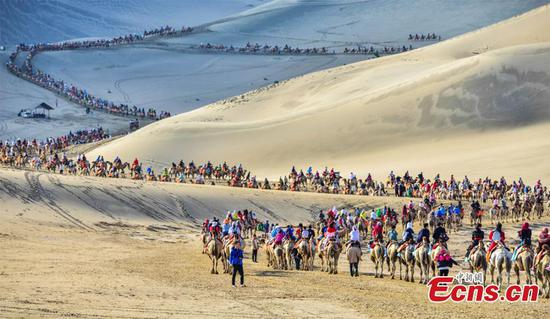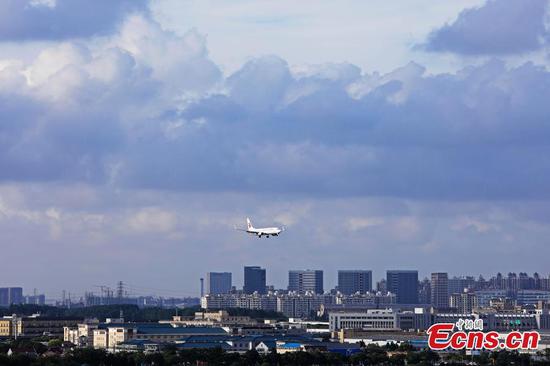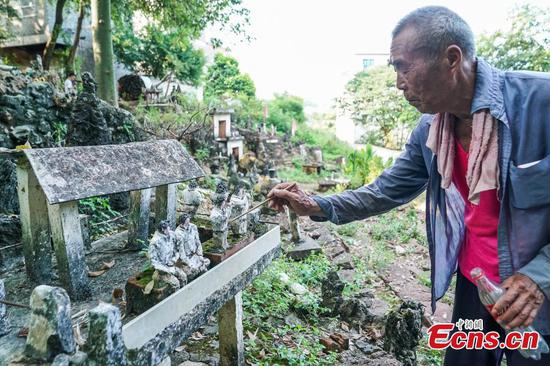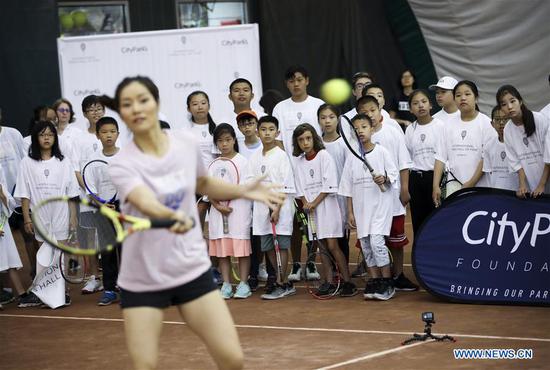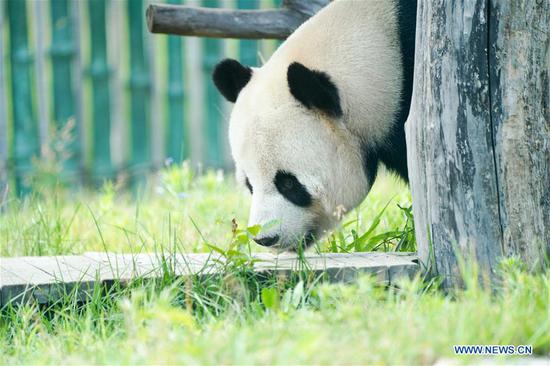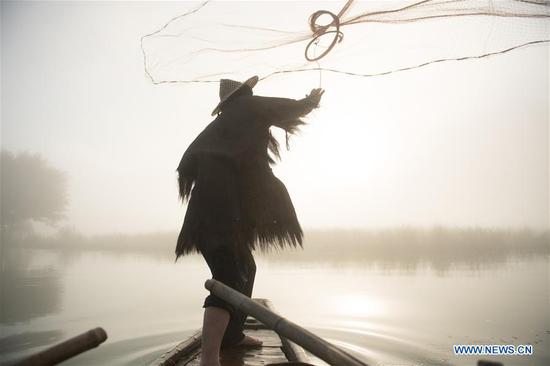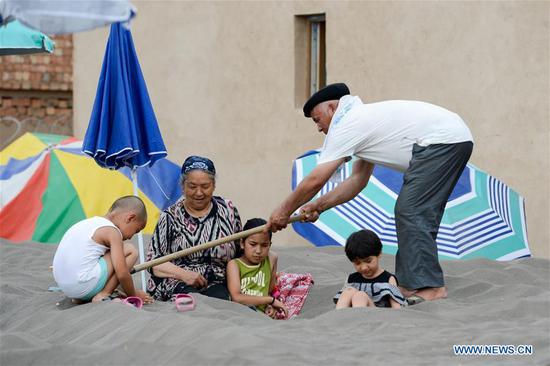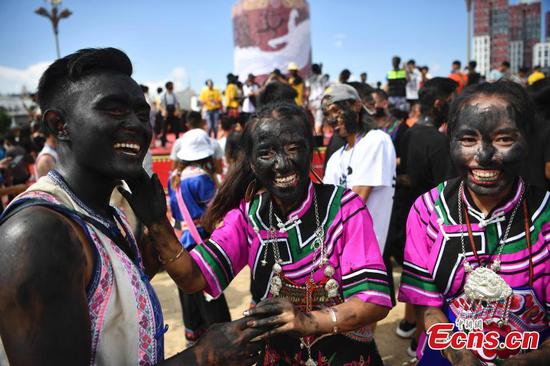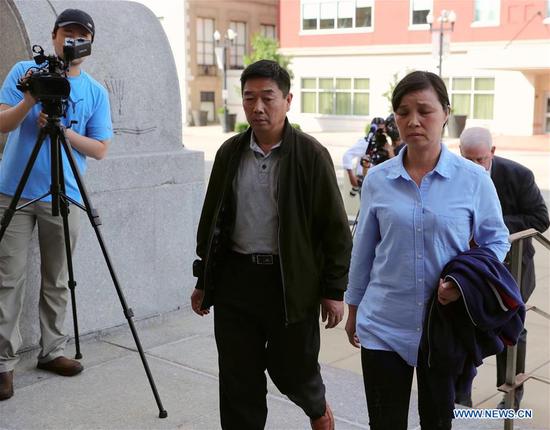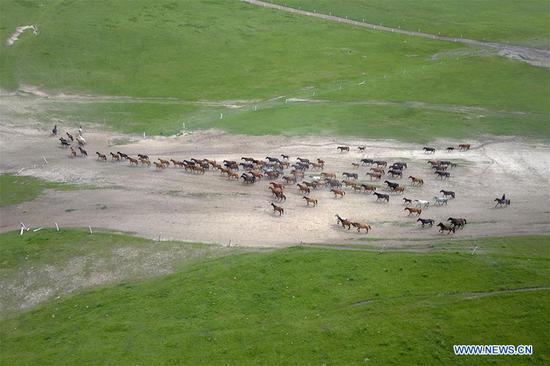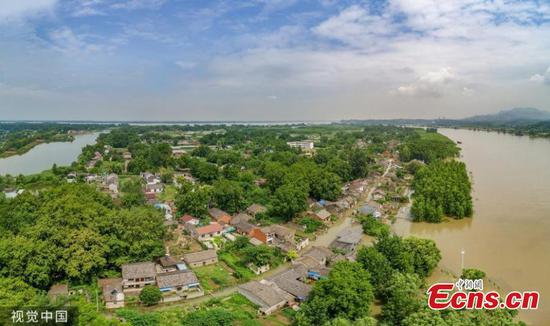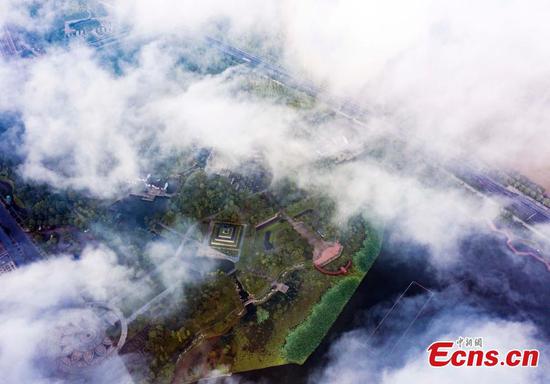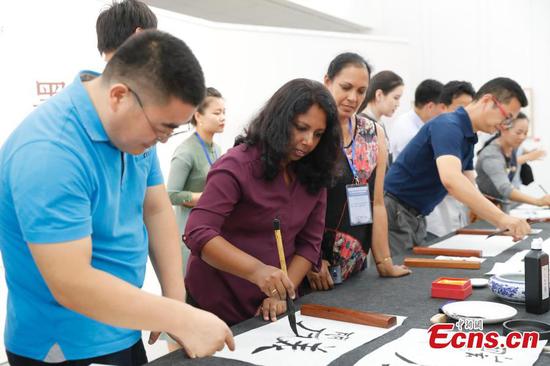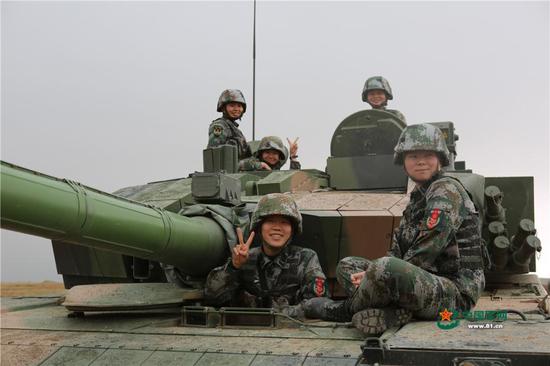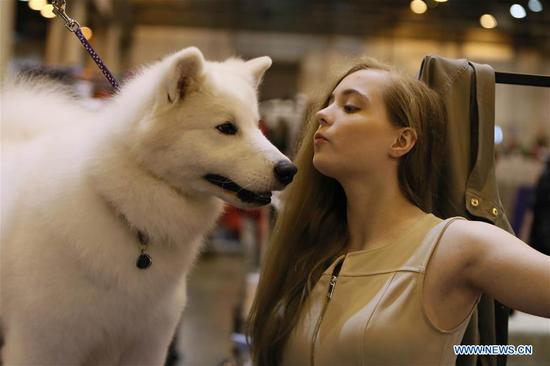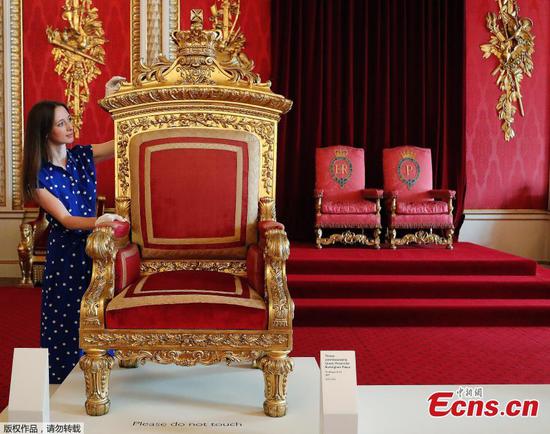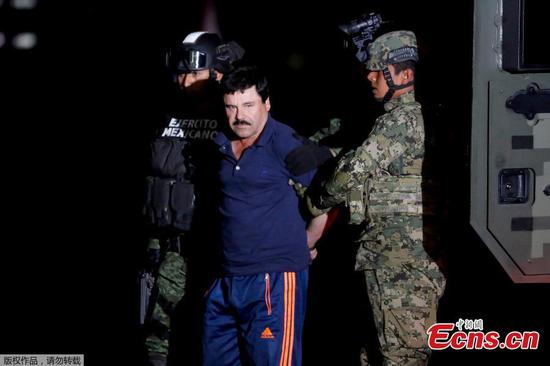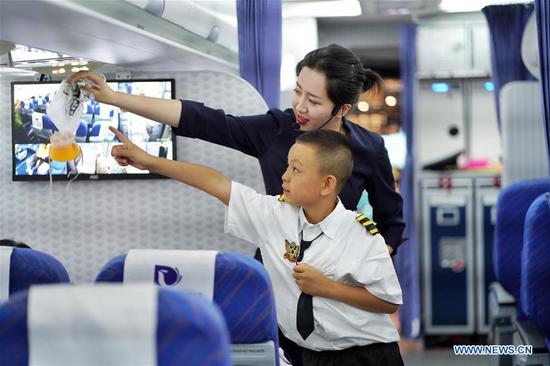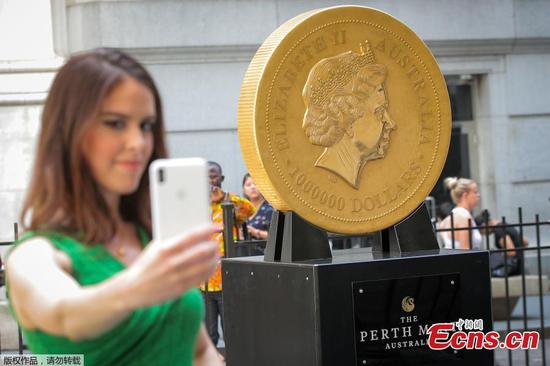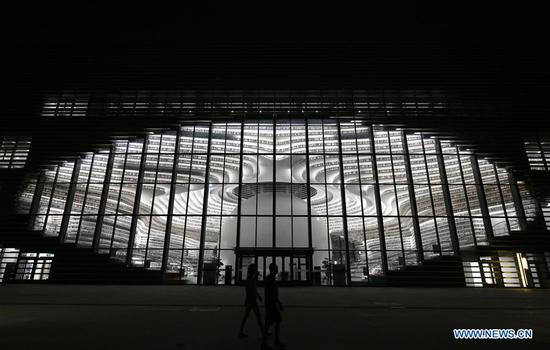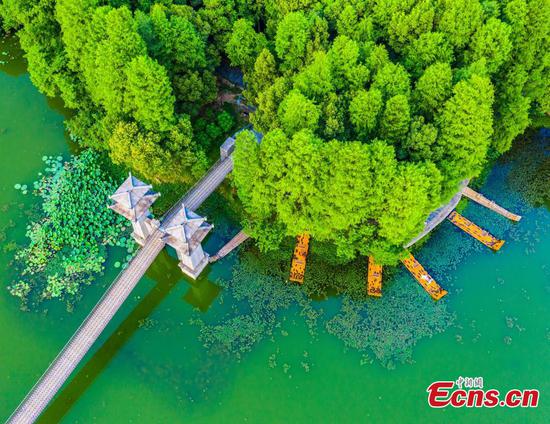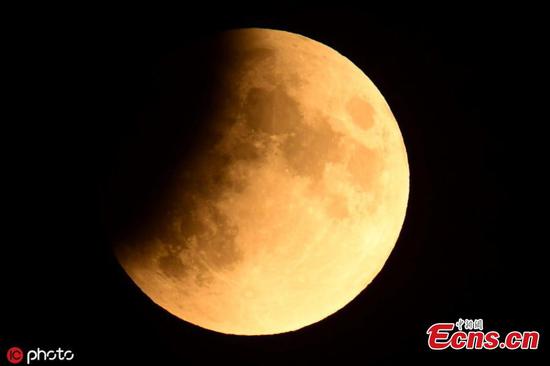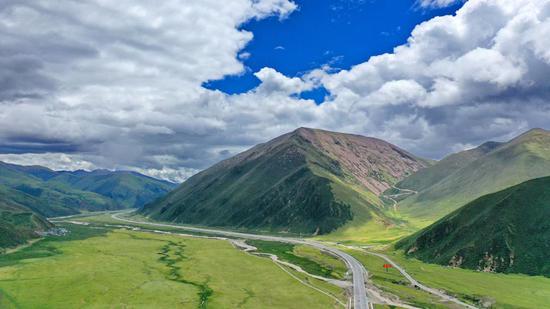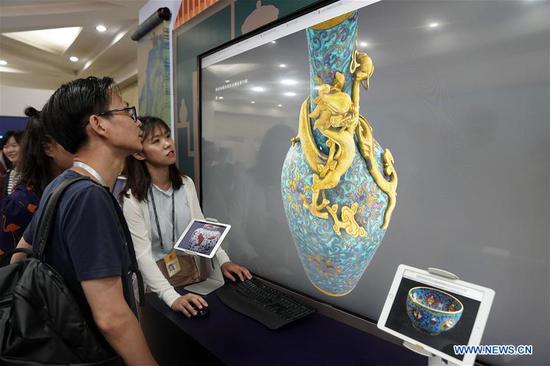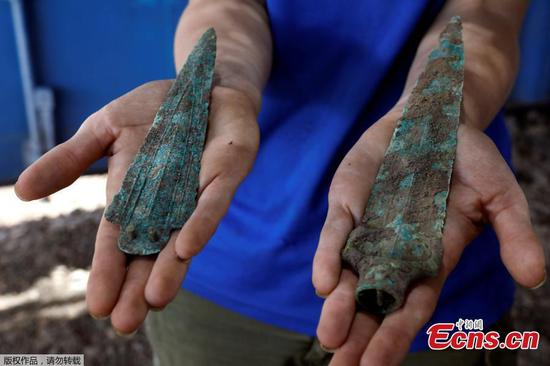III. The Ethnic Groups in Xinjiang Are Part of the Chinese Nation
Historically, the Chinese nation was formed and developed through cultural communication, exchanges and integration between peoples in the Central Plains and in other regions. The Huaxia people who appeared in the pre-Qin period, after years of integration with various other peoples, and especially after 500 turbulent years of cultural convergence in the Spring and Autumn and Warring States periods, further integrated with other peoples in the Qin and Han dynasties to form the Han people, a majority group in the Central Plains and the major people in Chinese history. In the period of the Wei, Jin, and Northern and Southern Dynasties, different peoples, especially the northern ethnic minorities, migrated on a large scale to the Central Plains, resulting in further ethnic merging. In the 13th century, with the founding of the Yuan Dynasty, an unprecedented level of political unification gave rise to unprecedented ethnic migration, leading to various ethnic groups living together within the Yuan territories.
After this long historical process, different ethnic groups of China eventually settled among each other, with compact communities here and there. Multiethnicity is a prominent feature of China. Together, the ethnic groups of China have explored the country’s rich resources and vast territories, and have created a long history and a splendid culture.
Xinjiang has been in close contact with the Central Plains since ancient times. As early as the Shang Dynasty, the Western Regions traded jade with the Central Plains. In the Han Dynasty, imperial envoy Zhang Qian opened up the Silk Road, along which emissaries and merchants traveled. In the Tang Dynasty, merchants from the Central Plains and the Western Regions traded silk and horses, and a grand thoroughfare connected the Western Regions directly to Chang’an, the Tang capital, with courier stations along the way. Music and dances from Khotan, Gaochang and other places in the Western Regions were performed in the Tang court, and the exotic cultures of the Western Regions were popular in Chang’an. The music of Qiuci (today’s Kucha, Xinjiang) enjoyed great fame in the Central Plains, and became an important component of court music in the Sui, Tang and Song dynasties. In modern times, at critical junctures of the Chinese nation, the ethnic peoples in Xinjiang have fought alongside the rest of the country with great patriotism. Since the founding of the PRC, ethnic relations in Xinjiang have entered a new era characterized by equality, solidarity, mutual help, and harmony.
Xinjiang has been a multiethnic region since ancient times. The earliest explorers of Xinjiang included the Sai, Rouzhi, Wusun, Qiang, Qiuci, Yanqi, Khotan, Shule, Shache, Loulan and Cheshi peoples living in the Tianshan Mountains and the Xiongnu and Han peoples in the pre-Qin, Qin and Han dynasties. Following them were peoples of the Han, the Xianbei, Rouran, Gaoche, Yeda, and Tuyuhun in the period of the Wei, Jin, and Northern and Southern Dynasties; of the Turk, Tubo, and Ouigour in the period of the Sui and Tang dynasties; of the Khitan in the period of the Song, Liao, and Jin dynasties; of the Mongol, Jurchen, Dangxiang (Tangut), Kazak, Kirgiz, Manchu, Xibe, Daur, Hui, Uzbek, and Tatar in the period of the Yuan, Ming and Qing dynasties. Large numbers of various ethnic groups entering Xinjiang in different periods brought technology, culture and ideas, folk customs, and many other aspects of their lives into the region, promoting economic and social development through exchanges and integration. They were all explorers of Xinjiang. By the end of the 19th century, 13 ethnic groups – the Uygur, Han, Kazak, Mongol, Hui, Kirgiz, Manchu, Xibe, Tajik, Daur, Uzbek, Tatar, and Russian – had settled in Xinjiang, with the Uygurs having the largest population. Ethnic groups had grown, developed and integrated with each other despite periods of isolations and conflict, and shared good fortune and hardship in a close relationship. All of them have made important contribution to exploring, developing and protecting Xinjiang, and they are all masters of Xinjiang. Currently inhabited by 56 ethnic groups, Xinjiang is one of the provincial-level administrative regions with the most ethnic groups in China. The Uygur, Han, Kazak and Hui have populations of one million and above, and the Kirgiz and Mongol have populations exceeding 100,000. Today, Xinjiang, home to various ethnic groups, is an integral part of the Chinese nation.
The evolution of ethnic relations in Xinjiang has always been linked to that between all ethnic groups in China. There have been periods of isolation and conflict, but exchange and integration, and unity and joint effort have always been the prevailing trend. The ethnic groups of China, including those in Xinjiang, live together alongside each other. They are economically interdependent and embrace each other’s culture, and are a unified whole that has become impossible to separate. They are members of the same big family. In this family of the Chinese nation, the ethnic groups in Xinjiang are like brothers and sisters who work and live together and help each other out. They have guarded against foreign aggression, opposed separatist activities, and safeguarded national unification.
IV. The Uygur Ethnic Group Formed Through a Long Process of Migration and Integration
The main ancestors of the Uygurs were the Ouigour people who lived on the Mongolian Plateau during the Sui and Tang dynasties. Many different names were used in historical records to refer to this group of people.
Historically, to resist oppression and slavery by the Turks, the Ouigour people united with some of the Tiele tribes to form the Ouigour tribal alliance. In 744, the Tang court conferred a title on Kutlug Bilge Khagan, who united the Ouigour tribes. In 788, the then Ouigour ruler wrote to the Tang emperor, requesting to have their name changed to “Uighur”.
After the Uighur Khanate was defeated by the Kyrgyz people in 840, some of the Uighurs moved inland to live with the Han people, and the rest were divided into three sub-groups. One of the sub-groups moved to the Turpan Basin and the present-day Jimsar region, where they founded the Uighur Kingdom of Gaochang. Another moved to the Hexi Corridor, where they merged with local ethnic groups to become what was later known as the Yugurs. The third sub-group moved to the west of Pamir, scattered in areas from Central Asia to Kashgar, and joined the Karluk and Yagma peoples in founding the Kara-Khanid Khanate. There they merged with the Han people in the Turpan Basin and the Yanqi, Qiuci, Khotan, Shule, and other peoples in the Tarim Basin to form the main body of the modern Uygur ethnic group.
In the Yuan and Ming dynasties, the various ethnic groups in Xinjiang further merged. The Mongols, especially those of the Chagatai Khanate, were fused with the Uighurs, adding fresh blood to the Uighur group. In 1934, Xinjiang issued a government order, stipulating that “維吾爾” would be the standard Chinese name for Uygurs, which for the first time expressed the accurate meaning of “Uygur”: to maintain unity among the people.
The Ouigours endured slavery under the rule of the Turks. With support from Tang Dynasty troops, they rebelled against the Eastern Turkic Khaganate and defeated the Western Turkic Khaganate and the Second Turkic Khaganate. After the demise of the Western Turkic Khaganate, some Turkic-speaking tribes migrated westward. One of these tribes gradually settled down in Asia Minor, and integrated with local ethnic groups. The Uygurs are not descendants of the Turks.
Since the modern times, some Pan-Turkism advocates with ulterior motives have described all peoples of the Turkic language family as “the Turks” using the untenable argument that the Turkic-speaking tribe integrated with the ancestors of the Turkish people after migrating westward. A language family and an ethnic group are two essentially different concepts. In China, ethnic groups speaking Turkic languages include the Uygurs, Kazaks, Kirgiz, Uzbeks, Tatars, Yugurs, and Salars, each with its own history and unique culture. These peoples cannot be referred to as “Turks”.









